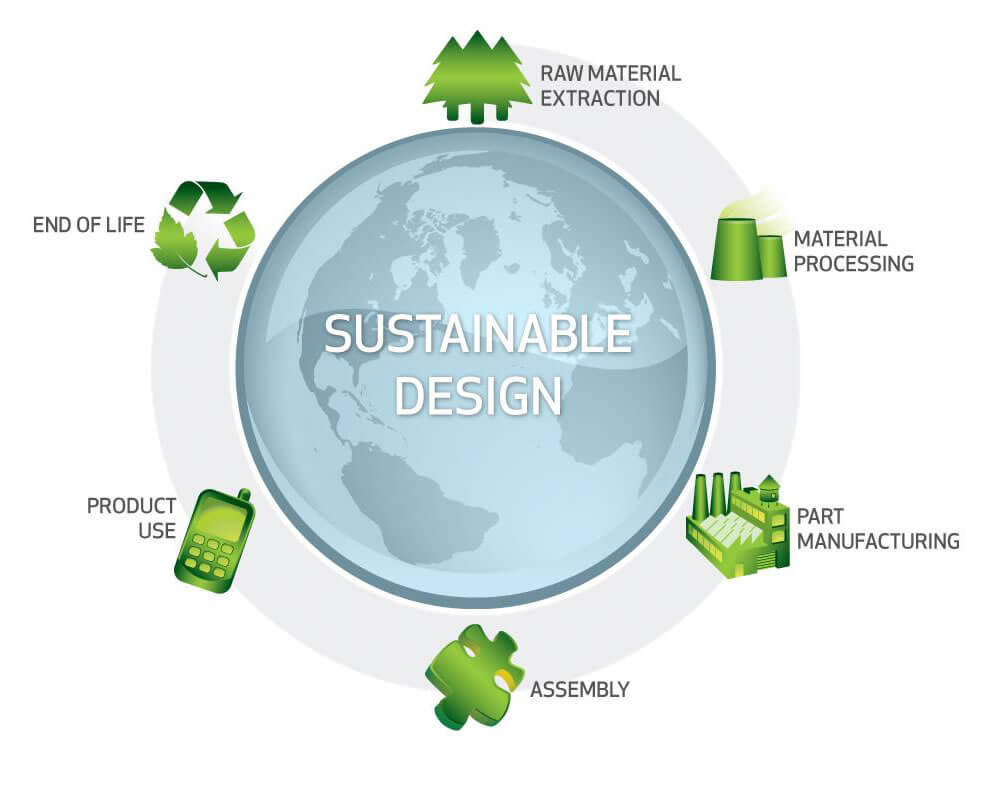In recent decades, the world has witnessed an alarming increase in environmental degradation due to human activities. The burning of fossil fuels, deforestation, and industrialization have led to a rise in greenhouse gas emissions, resulting in climate change and other ecological imbalances. In response to this global crisis, there has been a growing emphasis on renewable energy sources and green technology as sustainable alternatives. This essay will explore the environmental impact of conventional energy sources, the benefits of renewable energy, and the role of green technology in achieving sustainability.
Conventional energy sources such as coal, oil, and natural gas have been the backbone of industrial development for centuries. However, their extraction and combustion processes have severe environmental consequences. Fossil fuel extraction leads to habitat destruction, water pollution, and air pollution. Burning these fuels releases carbon dioxide (CO2) into the atmosphere alarmingly. CO2 significantly contributes to global warming, trapping heat within the Earth’s atmosphere.
Renewable energy sources offer a promising solution to mitigate these environmental impacts while sustainably meeting our growing energy demands. Solar power harnesses sunlight through photovoltaic cells or concentrated solar power systems without emitting harmful pollutants or greenhouse gases. Wind power utilizes turbines that convert wind into electricity without causing air or water pollution. Hydropower generates electricity using flowing water from rivers or dams while minimizing CO2 emissions.

The benefits of renewable energy extend beyond reducing carbon emissions; they also contribute significantly to economic growth and job creation. According to the International Renewable Energy Agency (IRENA), renewable energy employed over 11 million people worldwide in 2018 alone. Moreover, investing in renewable technologies can save long-term costs by reducing reliance on expensive fossil fuel imports.
However, transitioning towards a sustainable future requires more than just adopting renewable energy sources; it necessitates integrating green technology into various sectors. Green technology refers to developing and applying environmentally friendly products, processes, and services that conserve resources, reduce pollution, and promote sustainability.
One example of green technology is energy-efficient buildings. These structures are designed to minimize energy consumption by utilizing insulation materials, efficient lighting systems, and intelligent energy management systems. By reducing energy demand, they lower greenhouse gas emissions and save costs for homeowners and businesses.
Another crucial aspect of green technology is sustainable transportation. Electric vehicles (EVs) have gained significant popularity in recent years due to their zero-emission nature. EVs help reduce air pollution in urban areas while decreasing dependence on fossil fuels. Additionally, advancements in battery storage technologies are making electric vehicles more affordable and accessible to a broader population.
The environmental impact caused by conventional energy sources necessitates a shift towards renewable energy and green technology for long-term sustainability. Renewable energy sources such as solar, wind, and hydropower offer cleaner alternatives that mitigate climate change while creating economic opportunities. Furthermore, integrating green technology into various sectors like buildings and transportation can significantly reduce resource consumption and pollution levels. Governments, industries, and individuals must collaborate to accelerate the adoption of renewable energy sources and green technologies to secure a sustainable future for future generations.
